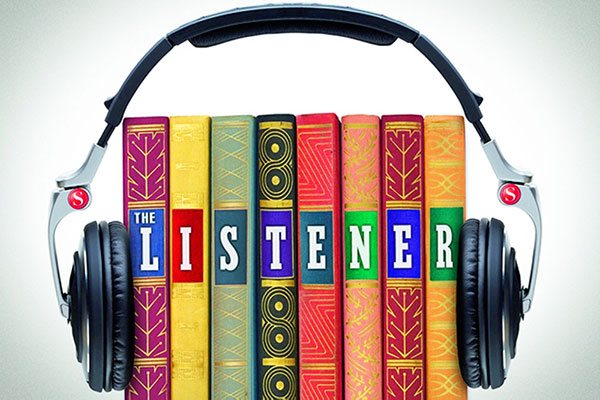

ZIPPED AUDIO BOOK PLAYERS ANDROID CODE
Users who are interested in coding some WMP related code might find this class helpful in flattening the learning curve.
ZIPPED AUDIO BOOK PLAYERS ANDROID WINDOWS
One remark though: the cPlayer class which is the class responsible for activating and manipulating the Windows Mobile Media Player took a lot of time and trials to develop as documentation in this area is often unclear and definitely incomplete. I have not attached any code examples here as I am not sure if there is any novelty on the code level. I'll appreciate any suggestions (as well as bug reports, functionality enhancements, whatever…). Some conventions and techniques I use in my code arguably can be criticized. NET or C# (as a matter of fact, I have very little “programming” training at all). I also need to state that I have had no formal training in. Some adjustments may be needed for:Īll code lines that may be subject to device dependency are assembled together in one class (see code remarks below). The only environment on which it was tested is my ASUS MyPal 639, Windows mobile 5 device. Compile it, load it, play with it.Īs stated above, this is not a commercial venture, it is the product of an enthusiastic hobbyist. Basically, the “wish-list” above kind of describes the abPlayer characteristics. I also wanted the time-of-day displayed in the same manner. As the battery life-span on these devices is often measured in terms of “hours”, I needed a continuous convenient display of the battery state, as well as some colour-coded mechanism to verify the battery level at a glance. I listen to books often several hours a day. I wanted to be able to navigate the time-line via a digital tool. When you listen to a book and need to navigate along the timeline, a rough gauge like object is too cumbersome. I wanted the volume and shuffle features to be set and maintained as specific book attributes and “remembered” until I changed them. Also, I often listen to music collections with the random (“shuffle”) feature turned on, but this will not do for audio books. However, one book’s volume quite often is unsuitable for a different book. Once you have adjusted the book’s volume to your liking, you usually want it to stay that way during the whole book. Volume and Shuffle Attributesĭifferent books are read (and recorded) at different volume levels. I wanted most of the player display area to be used as an alternating play/pause switch panel. When you listen to a book and are distracted for some reason, the last thing you want is to start fumbling for the device and looking for the pause button (you really don?’t want to skip several sentences and then have to re-orient yourself). Switch between Play and Pause in “blind” Mode

The action of defining a book and its files is something done only when you introduce a new book to the player, and I didn't mind using the stylus when performing these actions. No Stylus Needed for Regular OperationĪll the play/pause/next … functions should be accessible via thumb-thick buttons/menus, as well as browsing the book collection and switching books. I wanted to be able to define an unlimited number of playlists, and I wanted the player to “remember” the book location – “book-marks” across device shut-down and soft reset (anything short of hard-reset). I often am in the middle of several books at the same time (as well as listen to music collections). Here are the main functions I wanted my player to have: Multiple Playlists (audio books) I found no player that’s specifically designed for audio books (some provided partial response to my wish list, but none had it all).Īs I have some programming background, I decided to develop my own player – abPlayer (audio-book player).

When I started this habit about two years ago, I downloaded and tested almost every player that’s out there (including audio book designated players like the one Audible provides you with when you purchase audio books). I use my ASUS MyPal 639 to listen to audio books. I am an enthusiastic audio book listener.


 0 kommentar(er)
0 kommentar(er)
